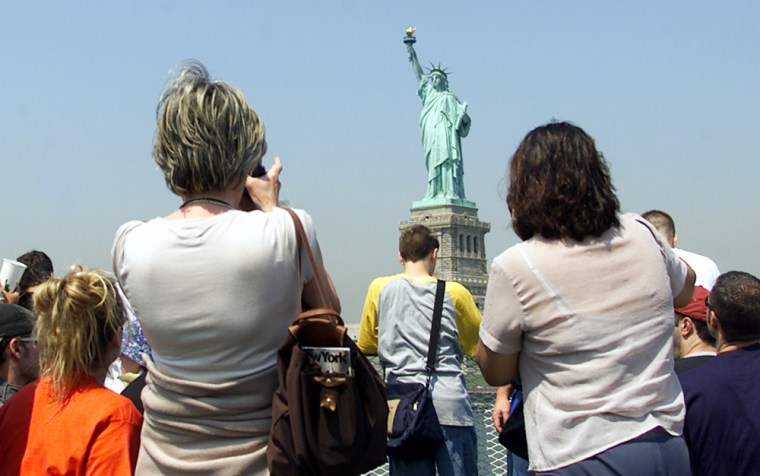The U.S. is losing billions of dollars as international tourists are deterred from visiting the U.S. because of a tarnished image overseas and more bureaucratic visa policies, travel industry leaders have warned.
"It's an economic imperative to address these problems," said Roger Dow, chief executive of the Travel Industry Association of America, tourism's main trade body, which concluded its annual convention this weekend in New York.
Dow stressed that tourism contributed to a positive perception of the U.S., which spread across to business. "If we don't address these issues in tourism, the long-term impact for American brands -- Coca-Cola, General Motors, McDonald's -- could be very damaging," he said.
The plea echoed that of other industry trade organizations which say bureaucratic visa procedures and stringent security after the Sept. 11 terrorist attacks have deterred business travelers and foreign students. "The idea has gotten out that we've pulled in the welcome mat," said Rick Webster, the association's director of government affairs.
The number of international visitors last year rose 12 percent, compared to 2003, to 46.1 million, according to the U.S. Commerce Department. They spent $93.7 billion, or 17 percent more than their counterparts the previous year. However, U.S. market share of foreign visitors is still down 38 percent since 1992, according to the TIA. The number of global travelers has grown by 2 percent to 770 million since 2000, but U.S. market share has not kept pace. "Our piece of the pie has shrunk by 5m visitors," said Dow.
The weak U.S. dollar has boosted the number of international visitors, but given favorable currency rates for many foreigners, those numbers should be far higher.
"The weak U.S. dollar is masking some of the problems," said Webster. "And the dollar won't remain weak forever."
Dow said rising anti-Americanism has created a feeling that the U.S. is inhospitable and difficult to visit. "There's a perception of 'Fortress America' that is much worse than it really is," he said. Dow added that more competition from other destinations such as Australia, South Africa, Spain and Asia had siphoned off tourism to the U.S.
The TIA urged U.S. policymakers to facilitate various security measures. An October 26 deadline that requires some foreign passports to have biometric facial-recognition technology is unrealistic and must be extended, according to the TIA.
It also wants problems resolved with the U.S.-Visit program, an initiative requiring photos and fingerprints of some visitors, which is scheduled to be in place at land borders and ports-of-entry by end the end of the year.
